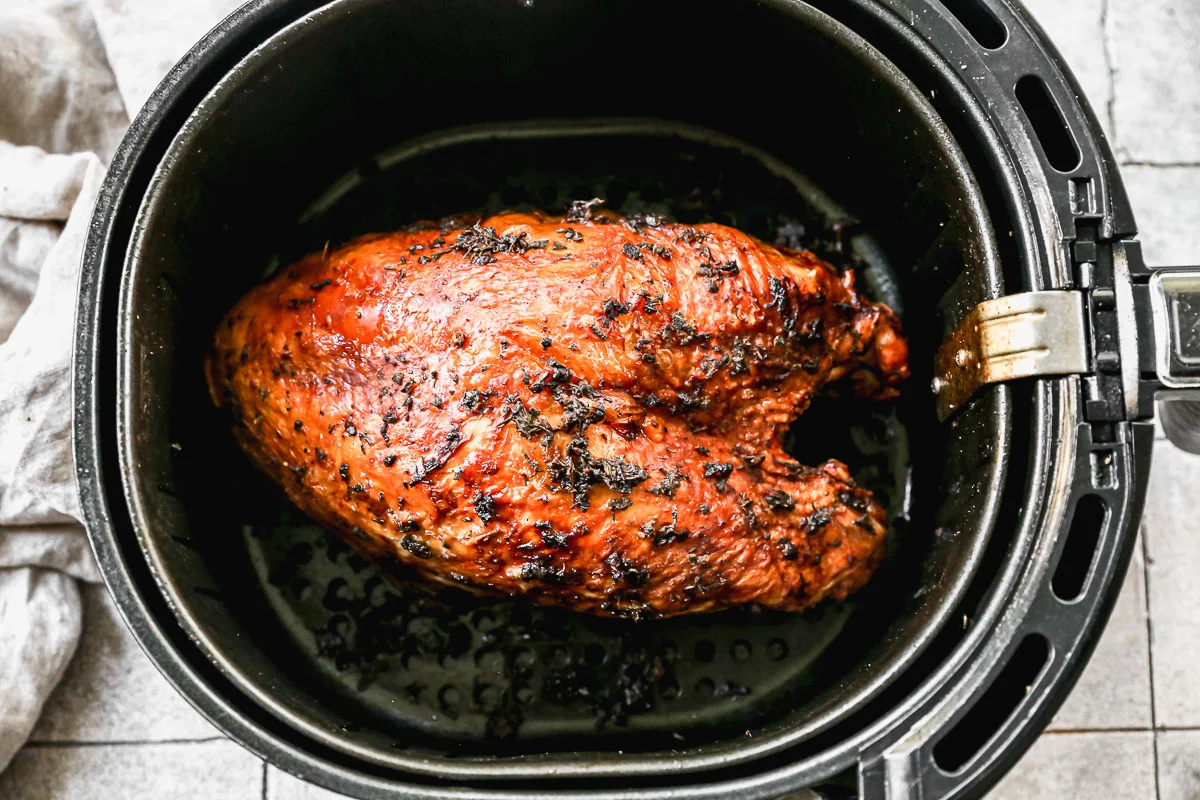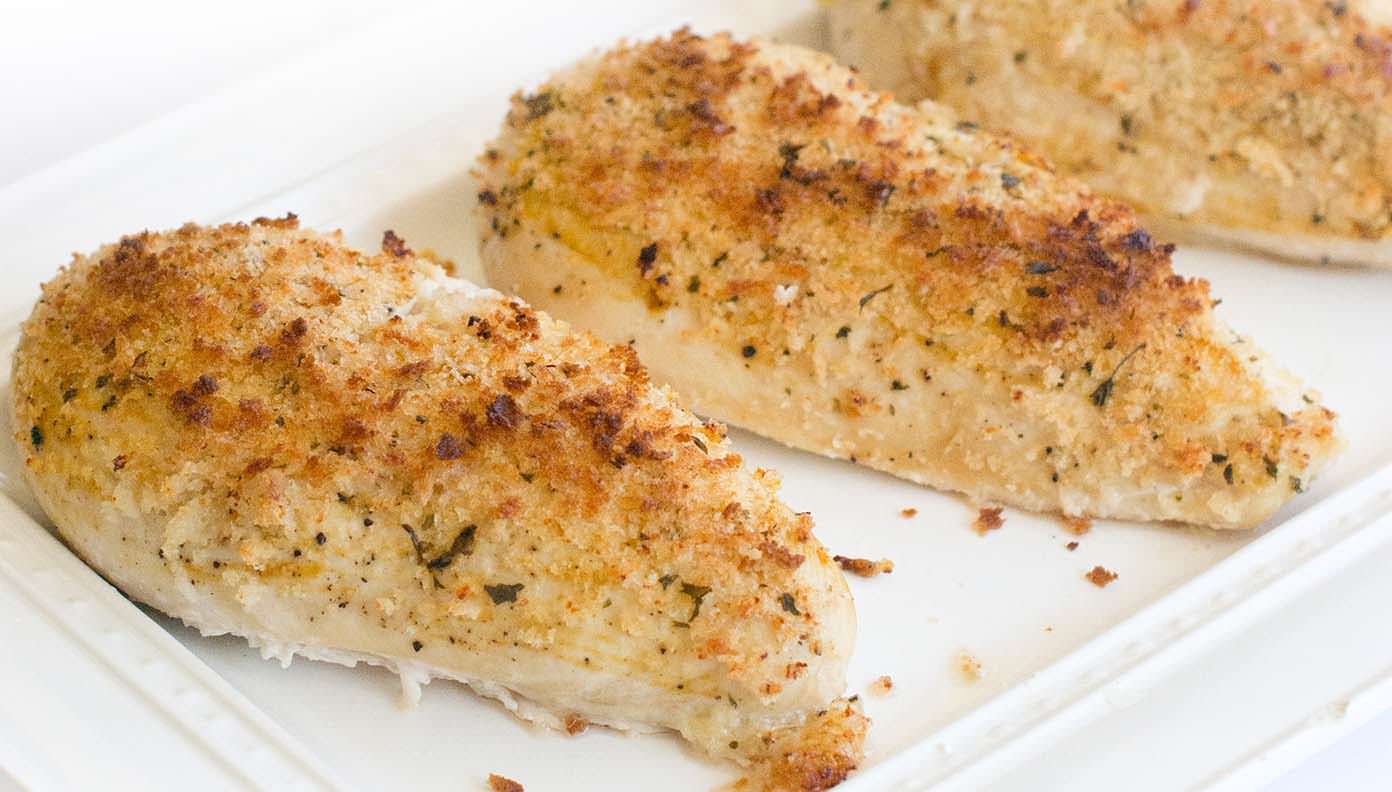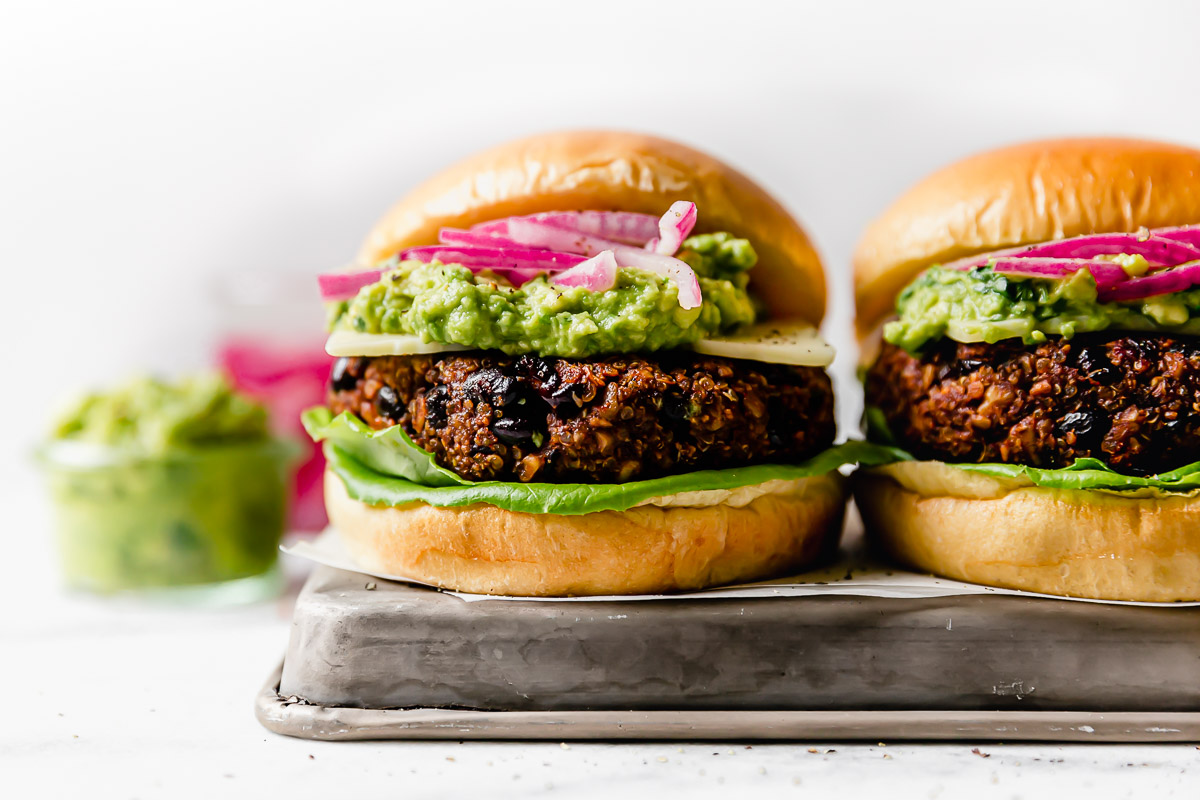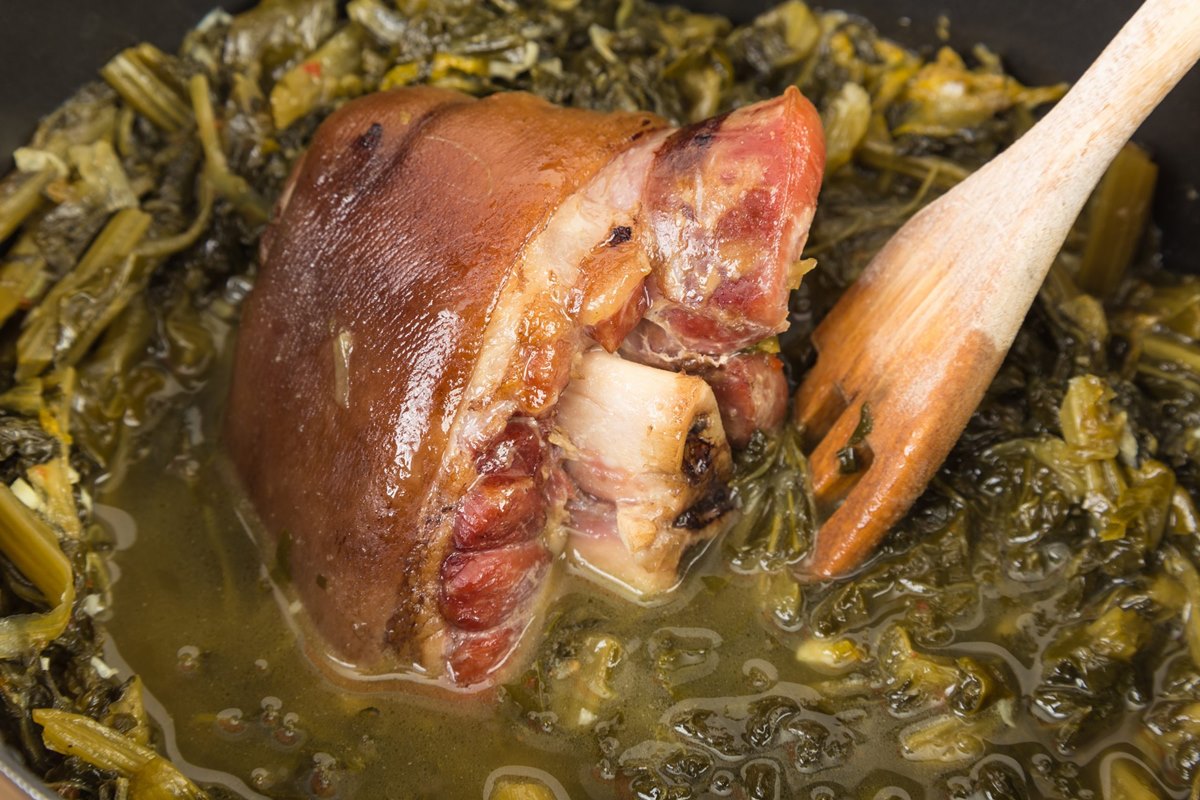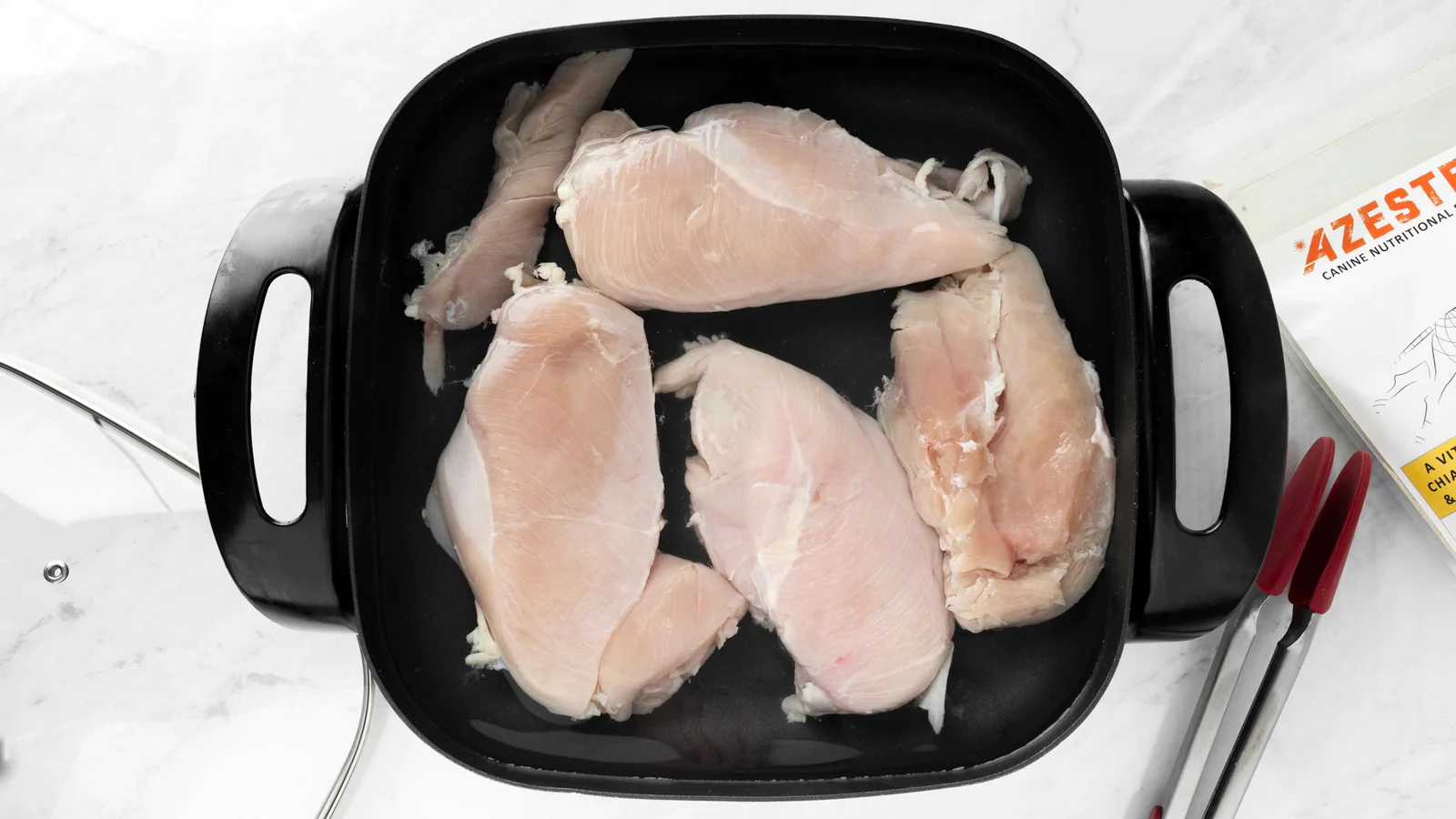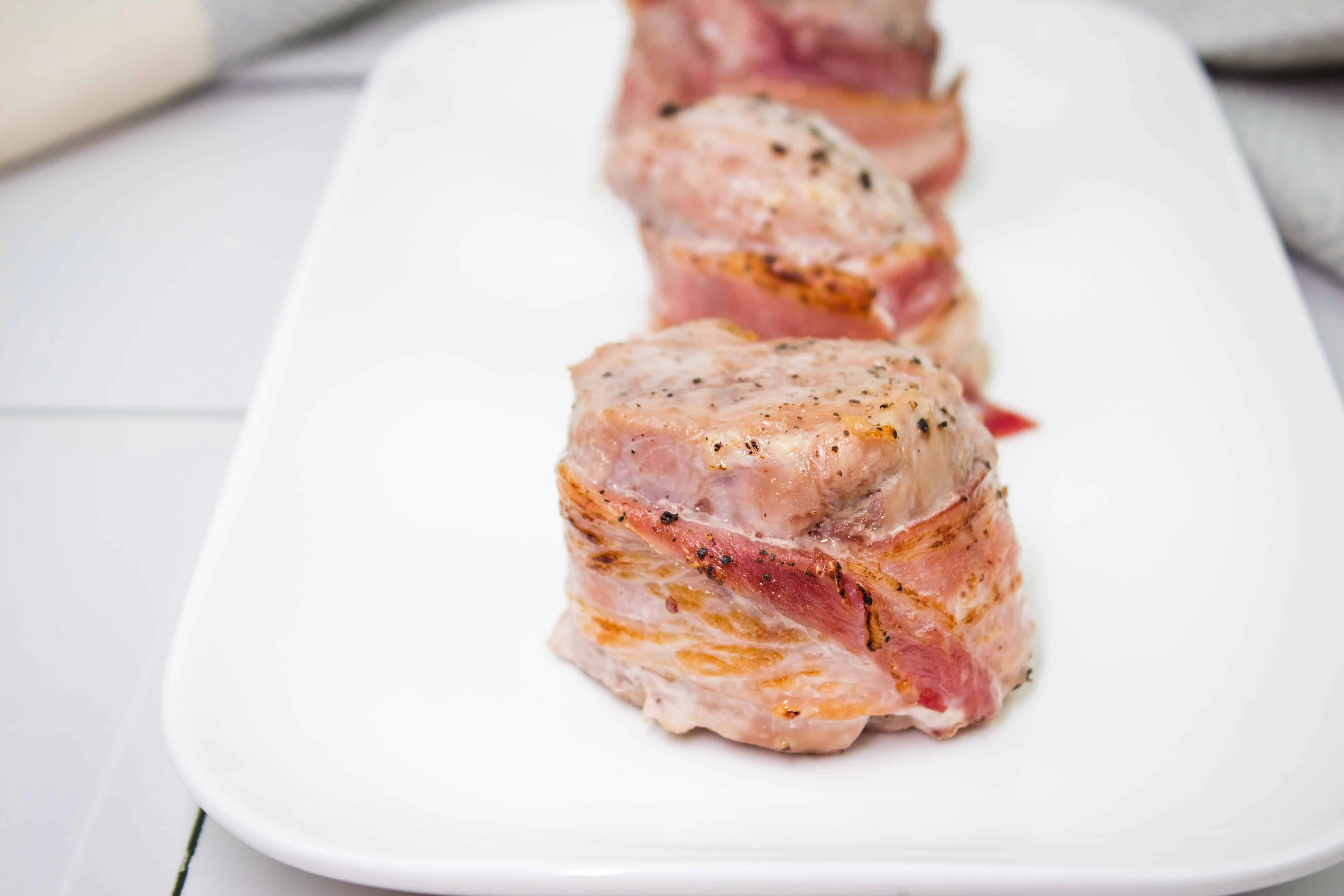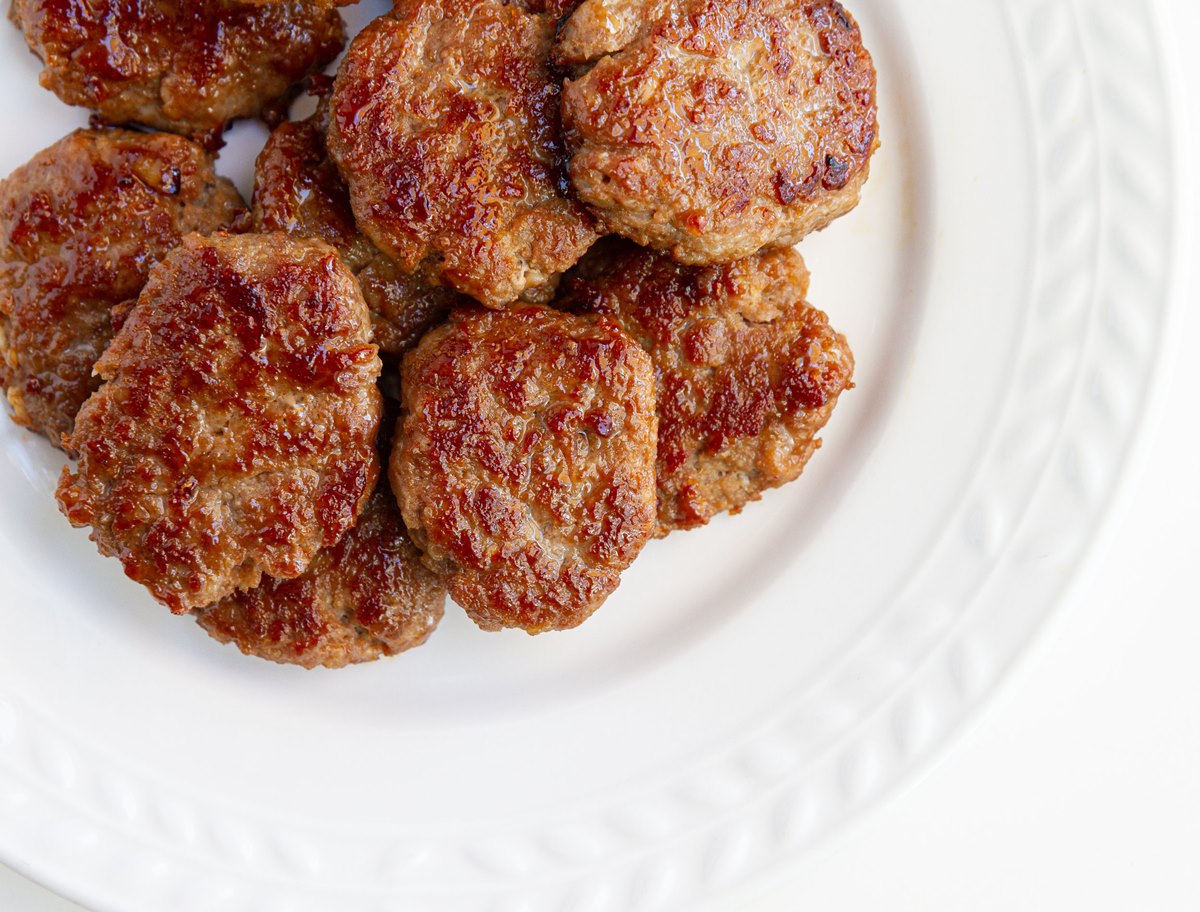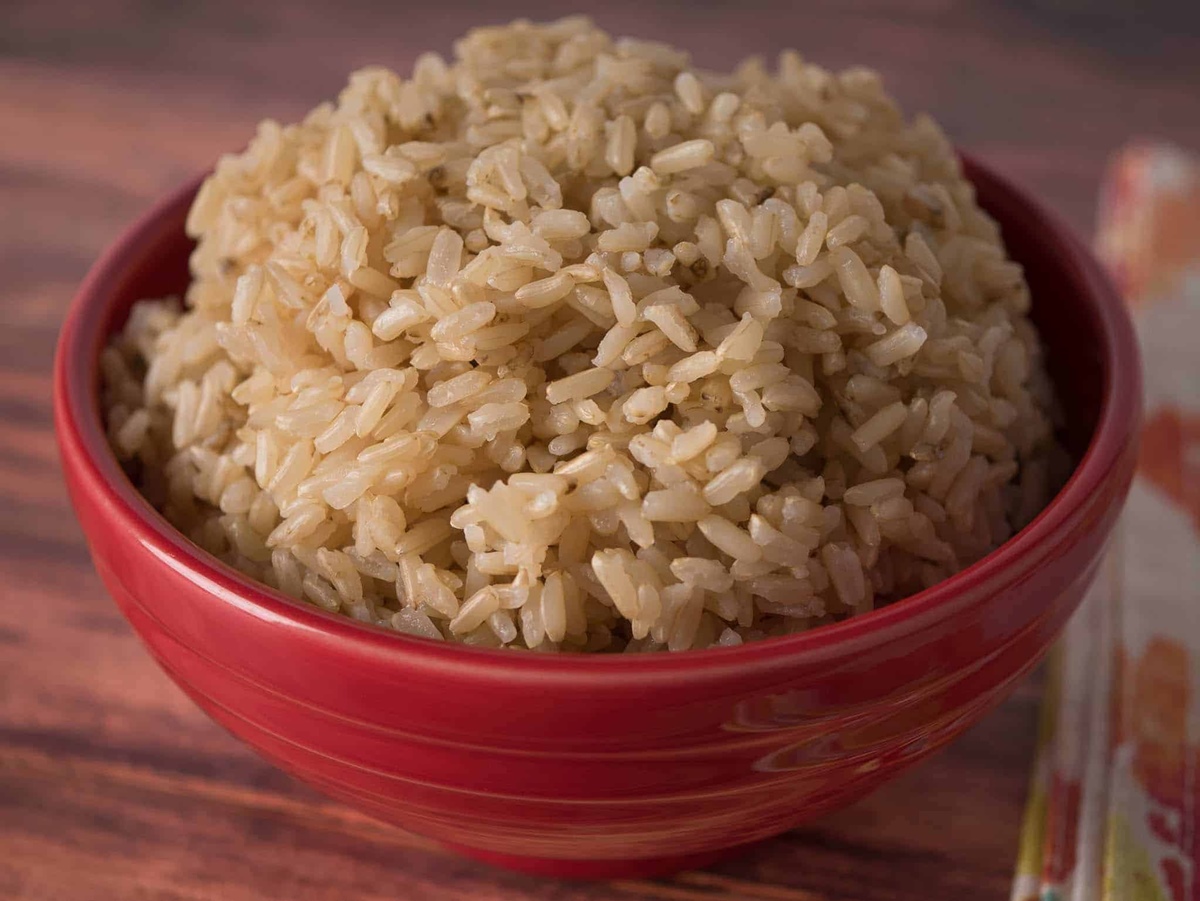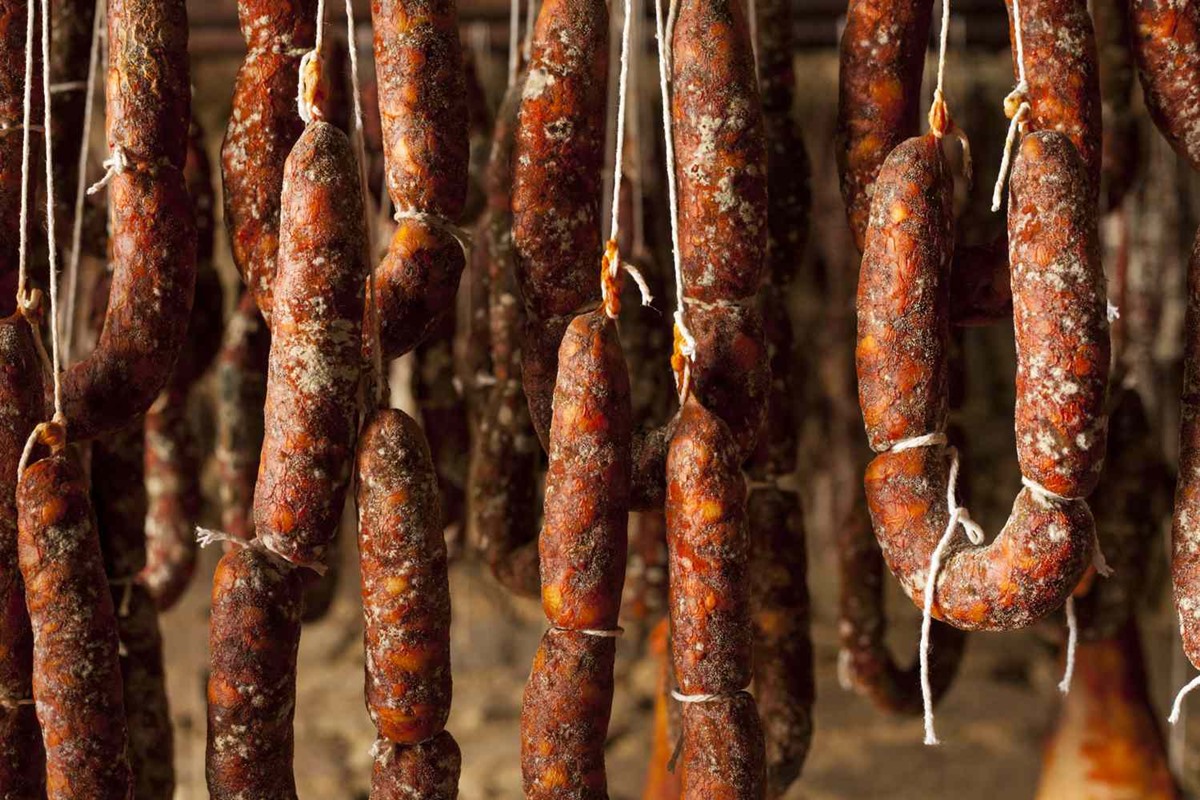Discover the Delightful Ways to Cook Sage Leaves
As a food enthusiast, you are constantly exploring new flavors and ingredients to create culinary masterpieces. Today, let’s embark on a journey to explore the delightful world of sage leaves and discover how to incorporate them into your cooking. Sage, with its earthy and slightly peppery flavor, adds a delightful depth to a wide variety of dishes. Whether you’re a seasoned chef or a novice in the kitchen, cooking with sage leaves is a surefire way to elevate your culinary creations.
Roasted Sage Leaves
Roasting sage leaves is a simple yet extraordinary way to bring out their natural flavors and create a crispy, aromatic garnish. Here’s how you can do it:
- Preheat your oven to 350°F (175°C).
- Place fresh sage leaves on a baking sheet lined with parchment paper.
- Drizzle the leaves with olive oil, making sure they are evenly coated.
- Season with a pinch of salt and any other desired spices like garlic powder or paprika.
- Bake for 8-10 minutes until the leaves are crispy and slightly golden.
- Remove from the oven and let them cool before using as a garnish or a crunchy snack.
Sage-infused Olive Oil
Sage-infused olive oil is a versatile ingredient that adds a subtle herby flavor to a wide array of dishes. It’s incredibly easy to make and can be used to enhance the taste of roasted vegetables, pasta, or even drizzled over grilled meats. Follow these steps to create your very own sage-infused olive oil:
- Place a handful of fresh sage leaves in a clean glass jar.
- Heat olive oil in a saucepan over low heat until it’s warm but not boiling.
- Pour the warm oil over the sage leaves, covering them completely.
- Allow the mixture to cool for a few minutes, then seal the jar tightly.
- Let the flavors infuse for at least 24 hours before using.
- Strain the oil to remove the sage leaves, and store it in a cool, dark place for future use.
Sage Butter Sauce
Sage butter sauce is a rich and velvety accompaniment that complements a variety of dishes, from pasta to grilled meats. To create this luscious sauce, follow these simple steps:
- Melt unsalted butter in a skillet over medium heat.
- Add a handful of finely chopped fresh sage leaves to the melted butter.
- Cook for a few minutes until the sage leaves become crispy and fragrant.
- Season with salt and pepper to taste.
- Remove from heat and drizzle the sage butter sauce over your desired dish.
- Gently toss to ensure the flavors are evenly distributed.
Final Thoughts
Sage leaves offer a culinary experience that is both aromatic and flavorful. With these creative cooking techniques, you can unlock the true potential of this versatile herb. From crispy roasted sage leaves to aromatic sage-infused oils and velvety sage butter sauces, there are endless possibilities to explore. So, grab some fresh sage leaves from your kitchen garden or local store and let your culinary ingenuity soar!
For those eager to put their newfound skills to the test, there are a few standout recipes that should not be missed. The Butternut Squash Ravioli with Sage Butter Sauce is a delightful way to showcase the aromatic and flavorful qualities of sage. Similarly, Gnocchi with Sage and Brown Butter offers a rich and comforting dish that highlights how well sage pairs with pasta and butter. For a heartier option, Sausage and Sage Stuffing is perfect for any feast, infusing the stuffing with a savory depth. Lastly, Pan-Seared Scallops with Sage Butter is a sophisticated choice, demonstrating how sage can enhance seafood dishes beautifully. Each of these recipes not only uses sage to its full potential but also provides a delicious experience worth trying.
Was this page helpful?
Read Next: How To Cook Frozen Tuna Steaks In Air Fryer
